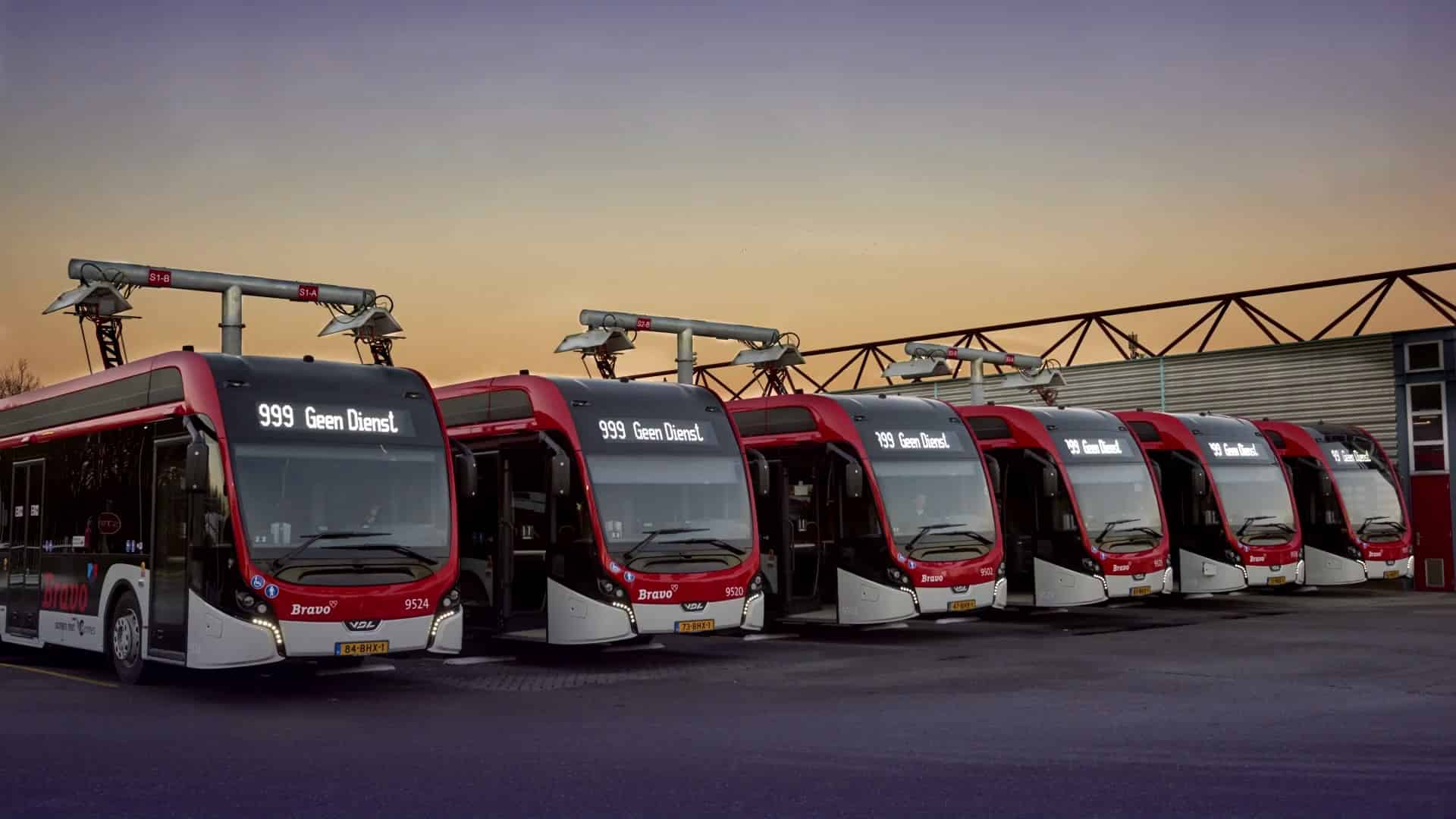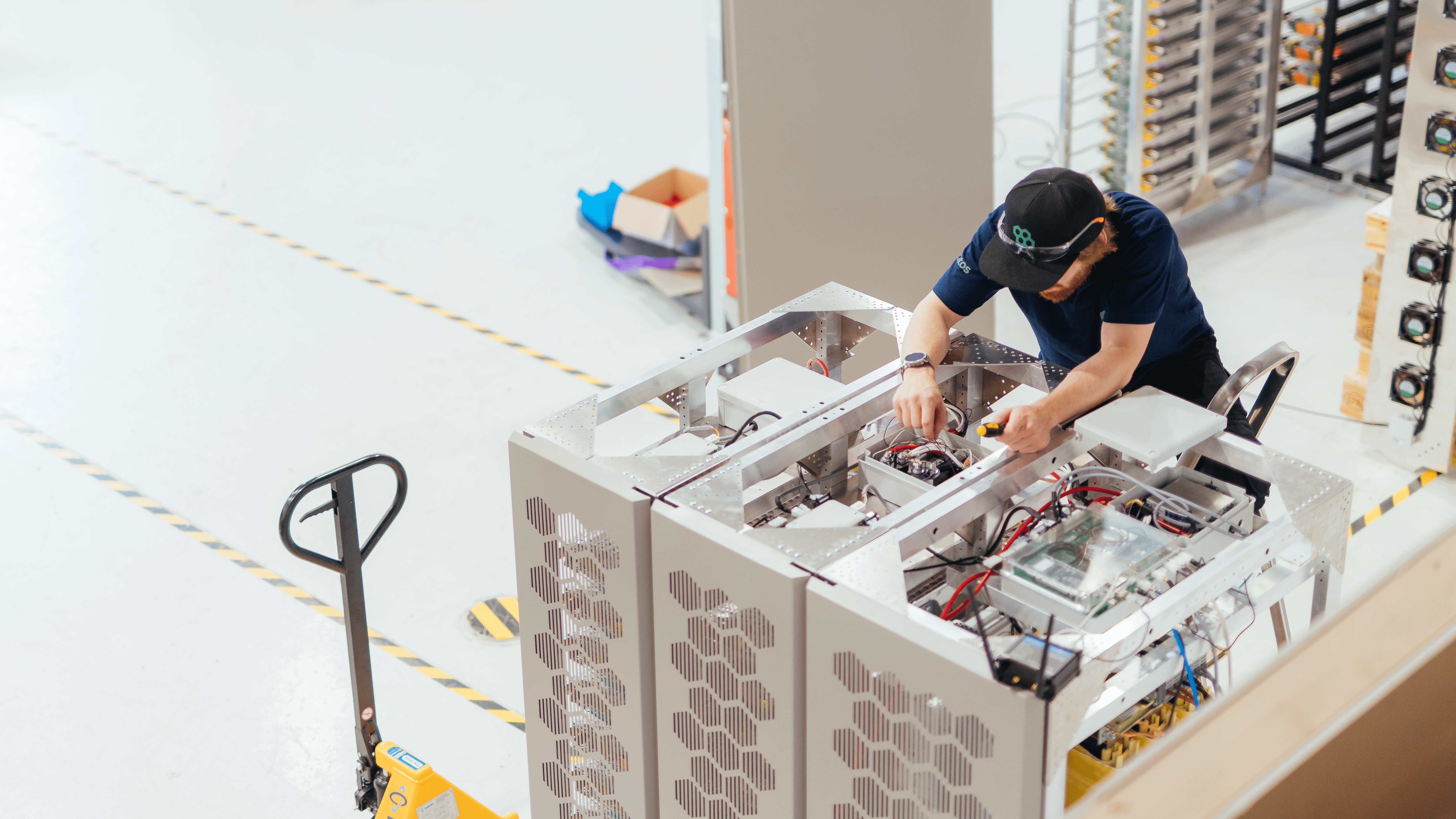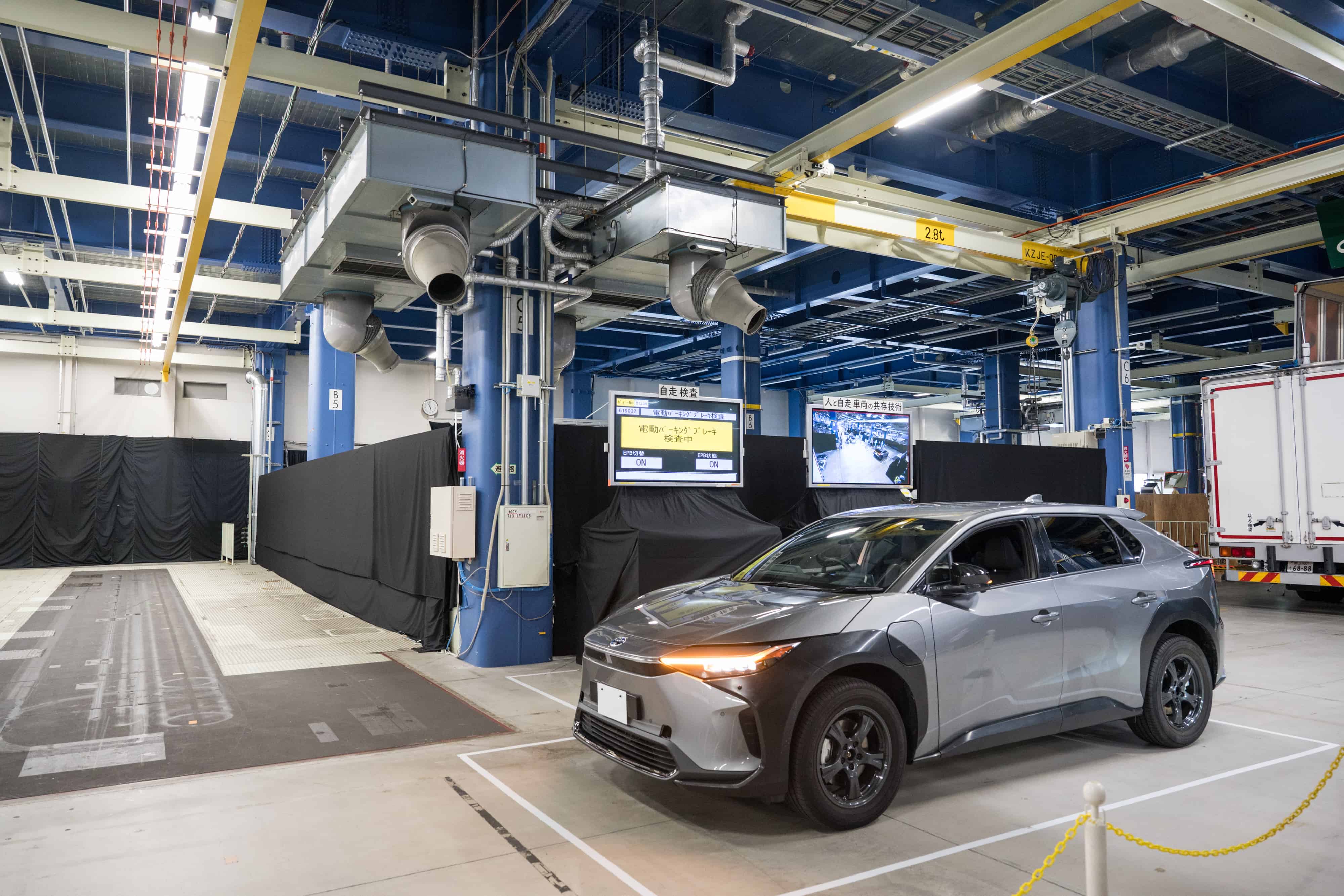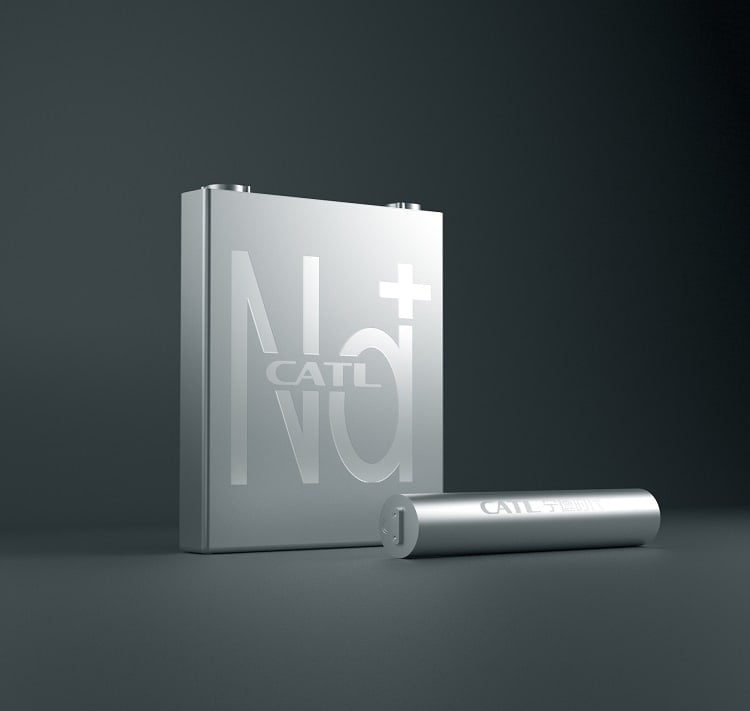
Automakers plan to repurpose electric vehicle (EV) batteries, but competition, affordability, and the scarcity of old batteries challenge market success. Startups are developing second-life energy storage solutions, but the assumption of an 8-10 year lifespan for EV batteries is incorrect, as they often retain 80-85% capacity after this period, complicating reuse. Commercial vehicles offer the most promise for second-life batteries, with companies like Zenobe partnering with bus companies for energy storage. Nissan, Renault, and Mercedes-Benz lead in supplying EV batteries for third-party second-life energy storage, but the market remains illiquid.
- Reusing EV batteries could benefit carbon reduction, waste management, and supply chain resilience.
- But the supply of old EV batteries is still limited.
Commercial vehicles leading the way
While second-life energy storage may work for buses and commercial vehicles, it will take longer for passenger car batteries to be reused at scale. Companies like Zenobe are partnering with bus companies to manage batteries for energy storage. In a recent collaboration, VDL and RWE are repurposing batteries from electric buses for energy storage at the Moerdijk power plant. The aim is to create a 7.5 MW electricity storage battery to stabilize the electricity grid and balance supply and demand. This initiative contributes to CO2 reduction and prolongs the productive life of the batteries, reducing the use of resources.

VDL and RWE plan to deploy more decommissioned batteries in the future to meet the increasing demand for electric buses and storage capacity. The storage facility in Moerdijk is expected to become operational in 2023, with RWE aiming to expand its battery storage capacity to 3 gigawatts by 2030.
Scarcity of old batteries and affordability challenges
The lack of old EV batteries and the rising average age of fossil-fuel cars on the road contribute to the absence of a market for second-life batteries. The demand for used batteries for storage is expected to surge as intermittent renewable energy plays a bigger role. However, people keeping their vehicles longer makes it difficult to retrieve batteries for reuse. The affordability of EVs poses a dilemma when it comes to reusing batteries, as car owners may be reluctant to part with their batteries due to the high cost of replacement.
Despite the challenges, around $1 billion in funding from investors interested in the circular economy has been attracted by startups offering second-life energy storage solutions using old EV batteries. However, the main challenge lies in the scarcity of old EV batteries, as experts argue that the capacity of EV batteries typically falls below 80%-85% after eight-to-10 years of use, leaving a significant portion of their life remaining.
Pricing and competition in the market
Nissan, Renault, and Mercedes-Benz are leading the supply of EV batteries for third-party second-life energy storage in a thinly-traded market. The marketplace for buying and selling used EV batteries from third parties is small, with pricing still determined by the market for new batteries, ranging from €60-70/kWh for lower quality modules and €140-€160/kWh for higher quality ones. Recycling batteries also competes with reuse, as the demand for cell materials increases.
Providing used EV batteries to companies developing second-life BESS products is far from the only solution, or even the most sustainable. Battery packs can also be reused for other vehicles, sold directly to consumers, or put into the recycling chain. Nevertheless, reusing EV batteries presents a sustainable solution that benefits the environment, society, and the economy, making the journey towards battery reuse worthwhile.
Collaboration and collective effort for a sustainable future
Reusing EV batteries offers various advantages within the circular economy, such as carbon reduction, waste management, and supply chain resilience. By repurposing batteries, the supply chain for raw materials can be strengthened, creating a more resilient and robust system. The global energy storage market is projected to grow significantly, reaching $19.04 billion by 2025, further highlighting the potential for reusing EV batteries.
While the lack of old EV batteries may slow down the transition towards reusing batteries, it requires a collective effort and collaboration among stakeholders to reimagine the lifecycle of EV batteries. Building new value chains and investing in the development of battery supply chains are essential steps in the race to achieve the future of electric mobility. Despite the challenges, the pursuit of reusing EV batteries is essential for a sustainable and environmentally-friendly future.







